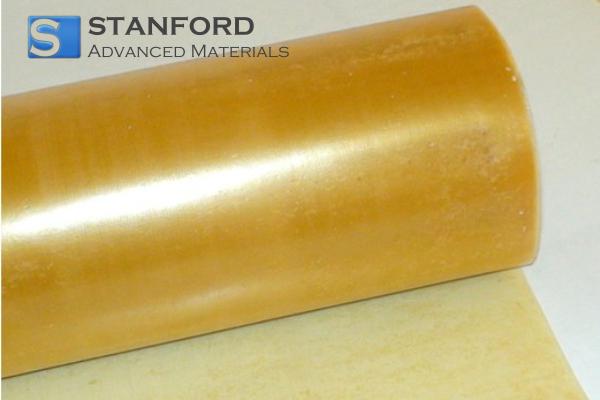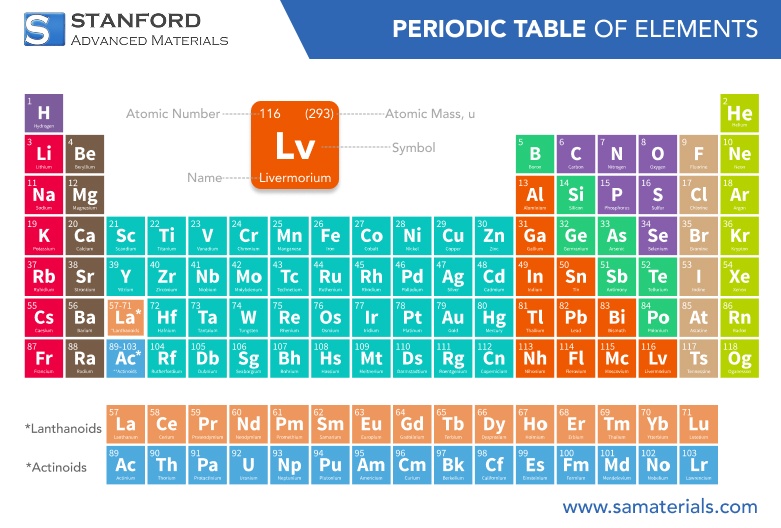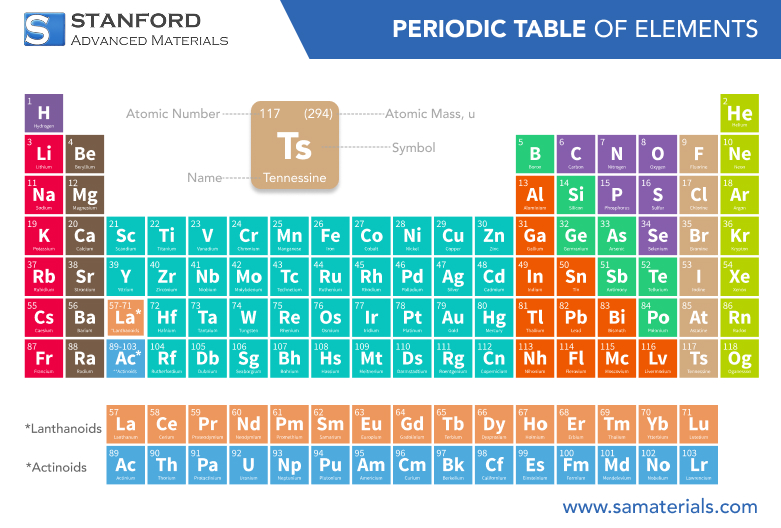Nickel: Element Properties And Uses
Description
Nickel is a transition metal that, owing to its specific properties, is of importance in multiple industrial sectors. This blog outlines its characteristics, applications and methods of production.
Introduction to the Element
Nickel (Ni) is a metallic element from the transition metal group in the periodic table. It is a silvery‐white metal known for its corrosion resistance and its ability to form alloys. Nickel occurs naturally in minerals such as pentlandite, garnierite and laterite. It is frequently used in the manufacture of stainless steel and various other industrial materials.
Nickel was first discovered in 1751 by the Swedish chemist Axel Fredrik Cronstedt. The metal is valued for its strength, malleability and resistance to oxidation, which makes it applicable in numerous industrial uses.
Chemical Properties Description
Nickel exhibits several significant chemical properties that render it useful in industrial applications. It is known to be relatively stable in air and forms a protective oxide layer that resists further oxidation. The key chemical properties of nickel are outlined below:
- Reactivity: Nickel reacts slowly with air and water, forming a stable oxide layer on its surface.
- Acidity and Alkalinity: Nickel reacts with both acids and bases, producing soluble salts.
- Alloying: Nickel can combine with various metals such as iron and copper to form alloys that are stronger and more resistant to corrosion.
These properties contribute to the widespread use of nickel in the production of corrosion‐resistant materials, notably stainless steel.
Table of Data on Physical Properties
The following table provides an overview of the physical properties of nickel:
|
Property |
Value |
|
Atomic Number |
28 |
|
Atomic Mass |
58.6934 u |
|
1455°C |
|
|
Boiling Point |
2913°C |
|
Density |
8.908 g/cm³ |
|
Electrical Conductivity |
1.43 × 10⁶ S/m |
|
Colour |
Silvery‐white |
|
Hardness (Vickers) |
400 HV |
Nickel is a hard and ductile metal that conducts electricity efficiently. Its high melting point and resistance to corrosion render it suitable for high-temperature applications. Additional information is available at Stanford Advanced Materials (SAM).
Common Applications
Owing to its effective properties such as strength, durability and corrosion resistance, nickel finds application in numerous fields. Some common applications include:
- Stainless Steel: Nickel is an essential component of stainless steel and contributes to its strength, corrosion resistance and longevity.
- Batteries: Nickel is utilised in rechargeable batteries, including nickel-cadmium (NiCd) and nickel-metal hydride (NiMH) batteries, owing to its capacity to store and discharge energy.
- Coins: Nickel is employed in coin production because of its corrosion resistance and attractive appearance, particularly when alloyed with copper.
- Alloys: Nickel is used in the manufacture of various alloys, such as Nichrome for heating elements and Monel for marine applications.
Extraction Methods
Nickel is mainly extracted from its ores through two processes: pyrometallurgical and hydrometallurgical methods.
- Pyrometallurgical Method: In this method, nickel-bearing ores are heated in a furnace to separate the metal from other elements. The process may include melting to produce a nickel matte that is subsequently refined.
- Hydrometallurgical Method: In this method, nickel ores are treated with acids or bases to leach the nickel. The metal is then purified through electrolysis.
These processes yield pure nickel or its alloys for varied industrial applications.
Related Industrial Products
Nickel is a key component in numerous industrial products. For example:
- Stainless Steel: Used in the construction, automotive and kitchen appliance industries.
- Catalysts: Applied as a catalyst in hydrogenation reactions in the chemical industry.
- Coatings: Employed in galvanotechnics to produce corrosion‐resistant surfaces on metals.
The versatility of nickel underpins its incorporation in various industrial sectors, including manufacturing, energy storage and transport.
Frequently Asked Questions
What are the main applications of nickel?
Nickel is predominantly used in the production of stainless steel, batteries, coins and various alloys owing to its strength, corrosion resistance and its capacity to store energy.
How is nickel extracted from its ores?
Nickel is extracted either through the pyrometallurgical process (using heating and melting) or through the hydrometallurgical process (by treating the ores with acids or bases to leach nickel).
What are the physical properties of nickel?
Nickel is a silvery‐white, ductile metal with a high melting point (1455 °C), a density of 8.908 g/cm³ and an electrical conductivity of 1.43 × 10⁶ S/m.
What are the chemical properties of nickel?
Nickel is relatively unreactive with air and water, forming a protective oxide layer. It reacts with acids and bases to form soluble salts and is frequently alloyed with other metals.
Why is nickel used in stainless steel?
Nickel enhances the strength, durability and corrosion resistance of stainless steel. Consequently, it is suitable for applications in construction, the automotive industry and kitchen manufacturing.

 Bars
Bars
 Beads & Spheres
Beads & Spheres
 Bolts & Nuts
Bolts & Nuts
 Crucibles
Crucibles
 Discs
Discs
 Fibers & Fabrics
Fibers & Fabrics
 Films
Films
 Flake
Flake
 Foams
Foams
 Foil
Foil
 Granules
Granules
 Honeycombs
Honeycombs
 Ink
Ink
 Laminate
Laminate
 Lumps
Lumps
 Meshes
Meshes
 Metallised Film
Metallised Film
 Plate
Plate
 Powders
Powders
 Rod
Rod
 Sheets
Sheets
 Single Crystals
Single Crystals
 Sputtering Target
Sputtering Target
 Tubes
Tubes
 Washer
Washer
 Wires
Wires
 Converters & Calculators
Converters & Calculators
 Write for Us
Write for Us




 Chin Trento
Chin Trento



